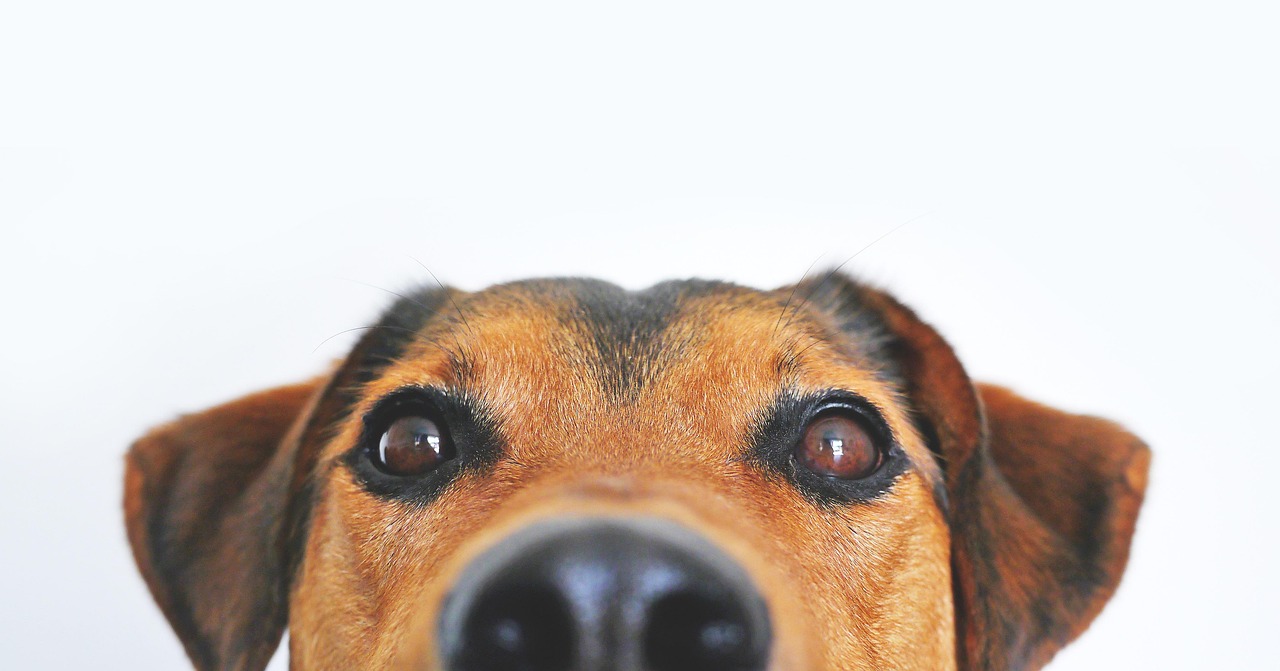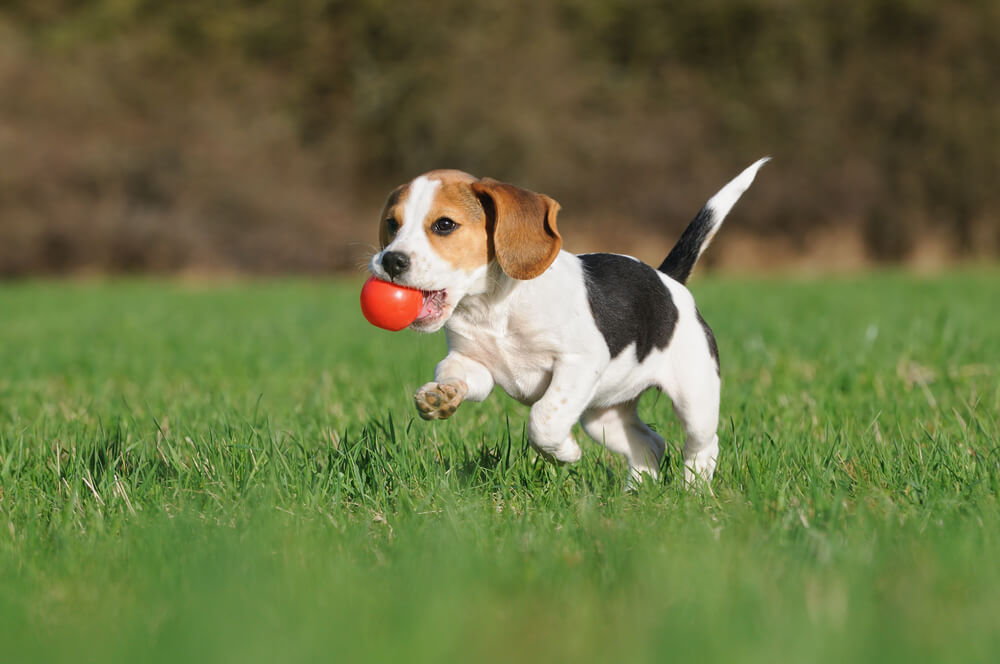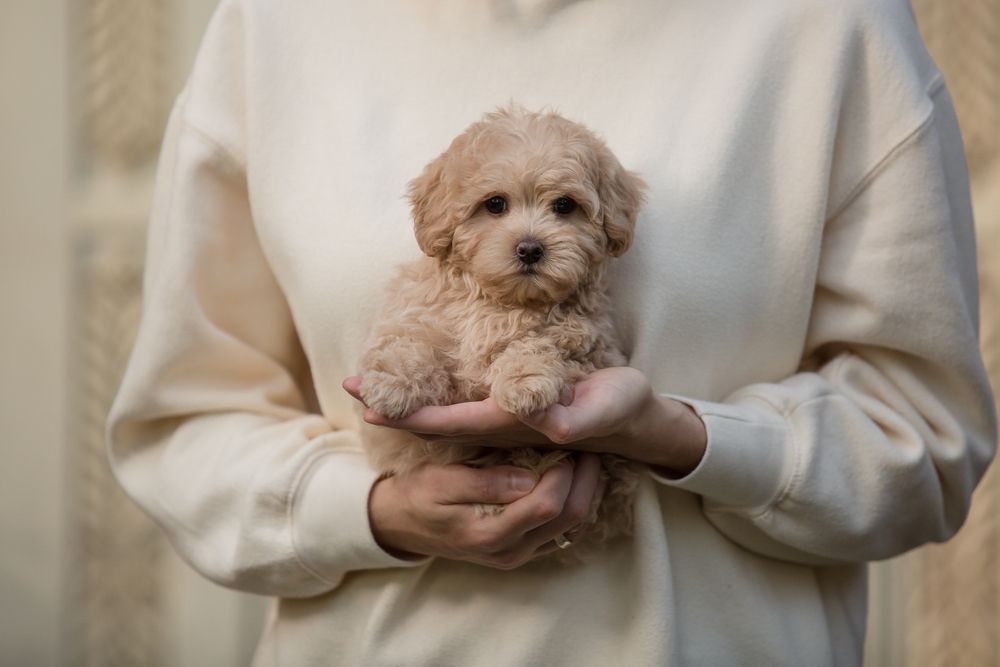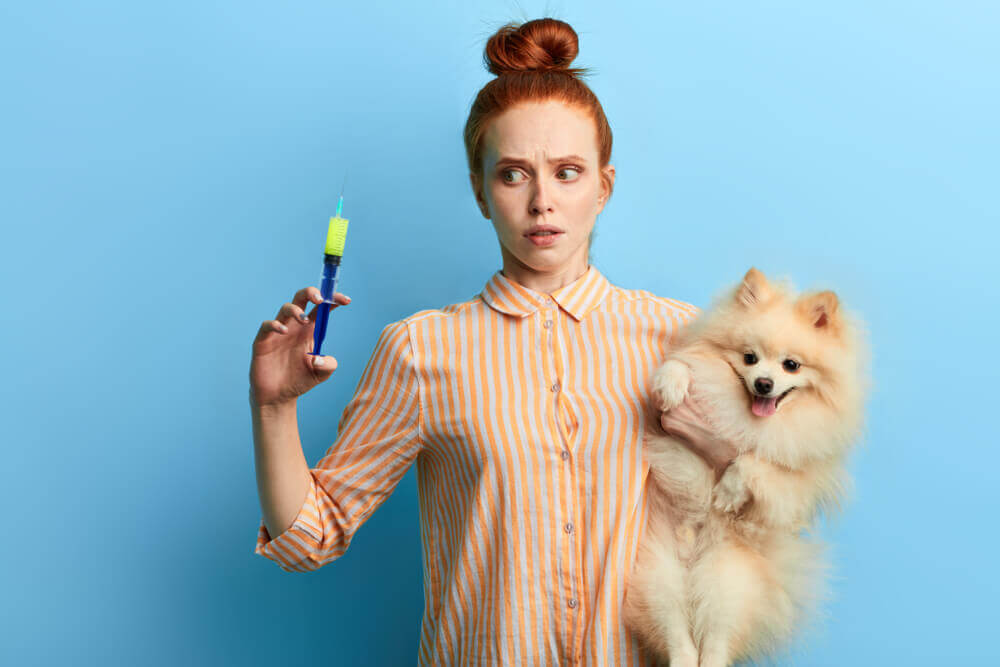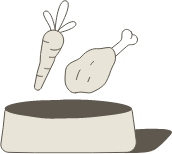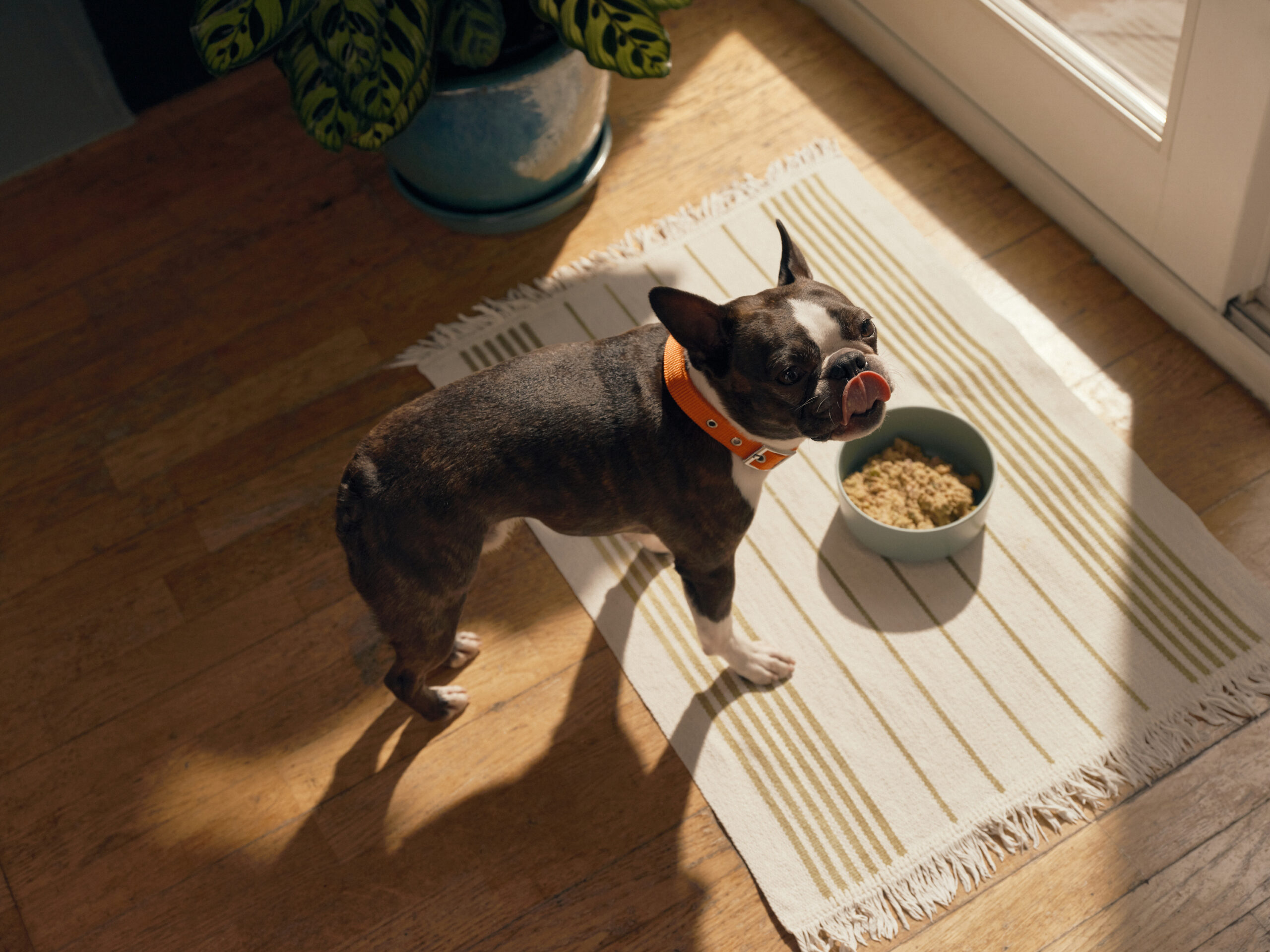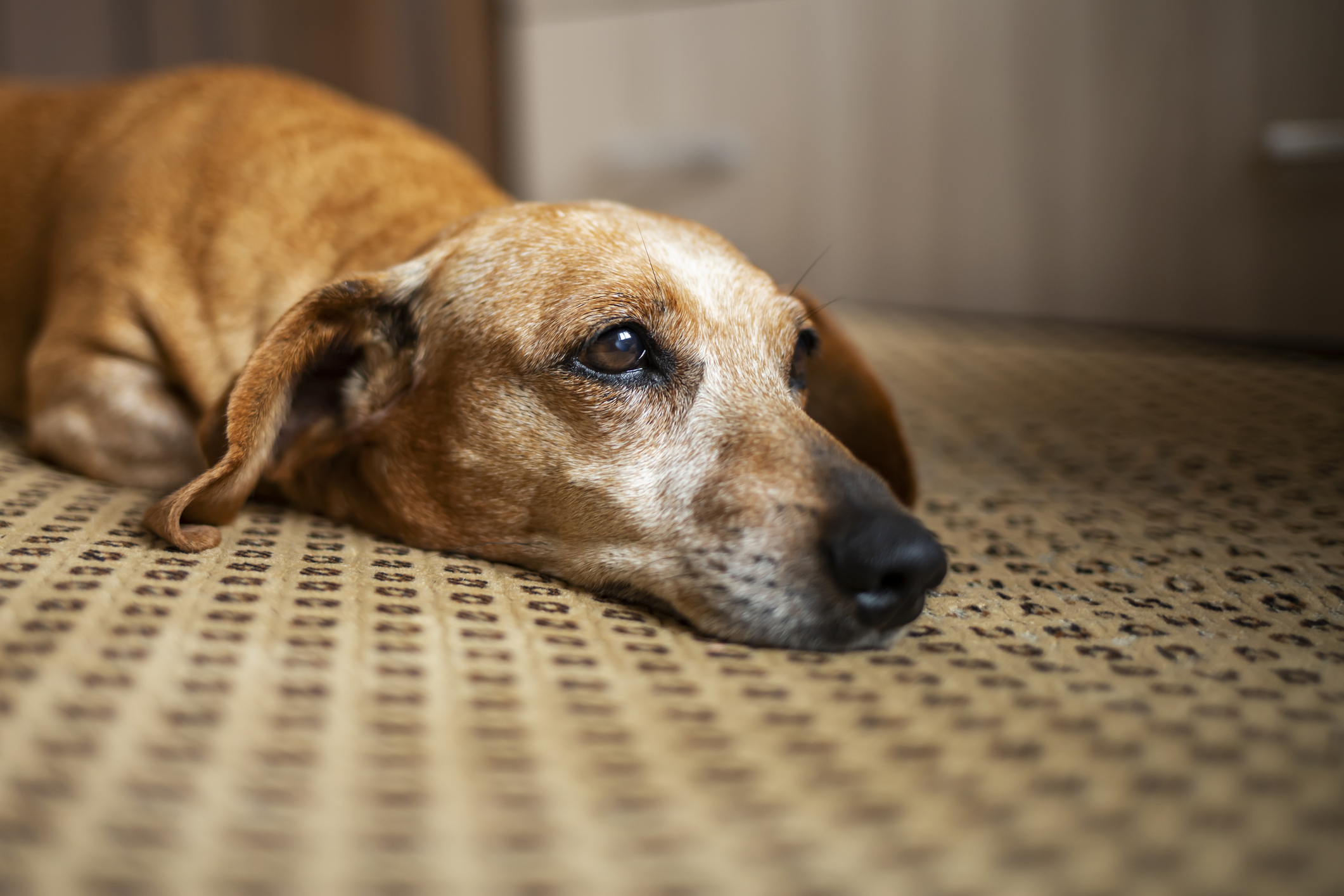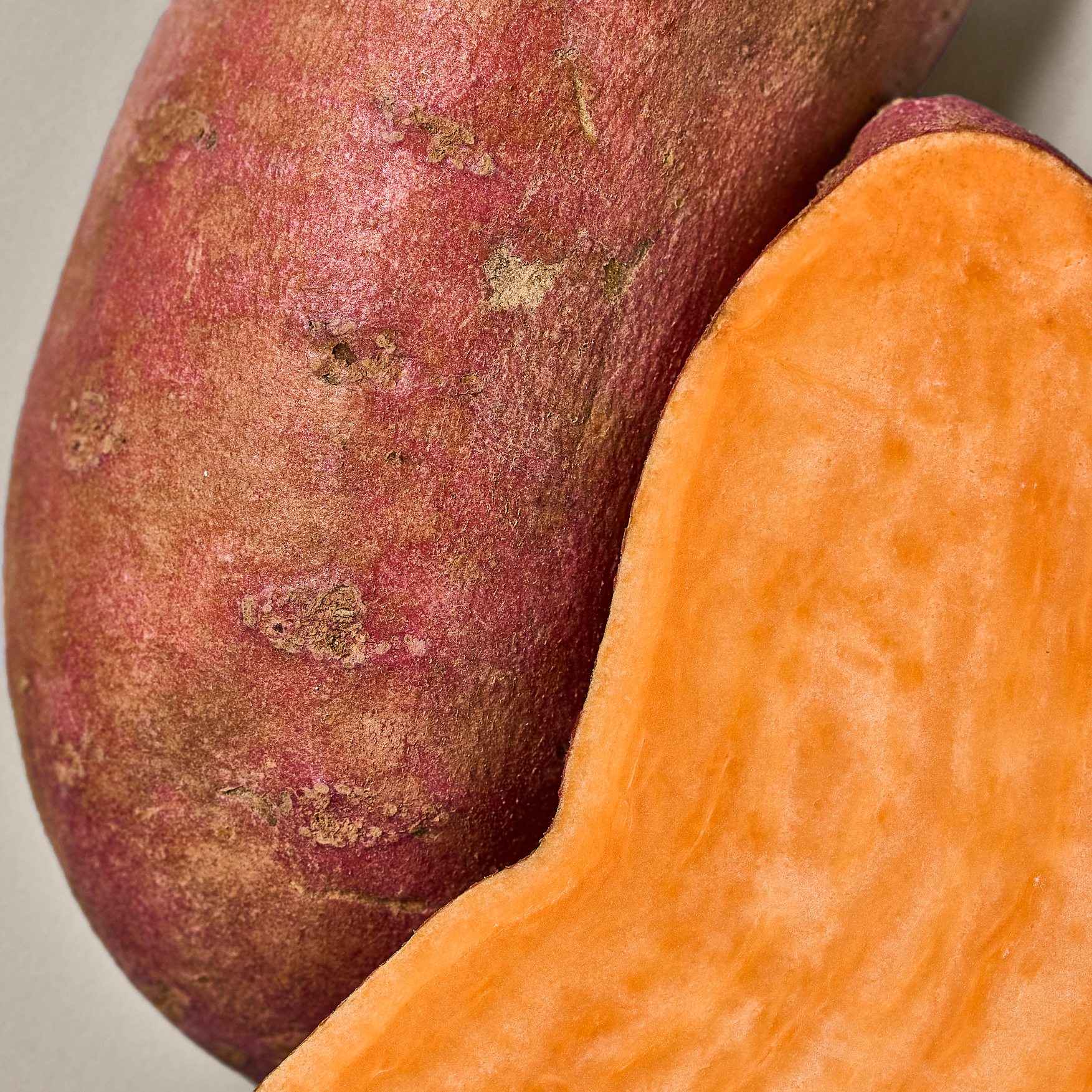Hey Ollie blog readers! We’re offering you an exclusive 60% OFF your starter box! Try now!
You’re giving your dog some love—maybe during a belly rub or while wiping sleep from their eyes—and suddenly you spot it: a small bump on their eyelid.
It’s natural to worry. Is it serious? Is it painful? Should you rush to the vet?
The good news is, most eyelid bumps in dogs are harmless. But they shouldn’t be ignored. Some are just blocked oil glands or benign growths that clear up on their own. Others may need a vet’s attention, especially if they grow, change color, or start bothering your pup.
In this guide, we’ll break it all down:
- What that bump on your dog’s eyelid might be
- Signs to watch for
- Treatment options—from warm compresses to surgical removal
- And how good nutrition can support your dog’s skin and immune health long-term
We’ll also touch on how fresh food from Ollie can help support your dog’s overall wellness, including healthy skin and coat, by skipping the fillers that can contribute to inflammation.
Let’s take a closer look at what these eyelid bumps actually mean.
What Does a Bump on a Dog’s Eyelid Mean?
A bump on your dog’s eyelid might look small, but it can mean a few different things—some of which are completely harmless, and others that may need a closer look from your vet.
In most cases, it’s a localized growth or blocked gland. It might be soft or firm, white or pink, and may or may not bother your dog. Sometimes it stays the same size for months. Other times it grows or starts to rub against the eye itself, which can cause irritation or infection.
Here’s the key: Don’t panic, but don’t ignore it either.
Common possibilities include:
- A meibomian gland adenoma (a benign eyelid tumor)
- A sebaceous cyst on your dog’s eyelid
- A blocked or infected oil gland (like a stye or chalazion)
- A small wart or viral papilloma
- Or, more rarely, a malignant growth
The only way to know for sure is to have it checked out. Visual inspection alone can’t confirm what kind of lump it is.
Some dogs, especially seniors or certain breeds like Labradors, Cocker Spaniels, and Pugs—are more prone to eyelid bumps as they age. That’s why regular grooming and check-ins around the eyes are so helpful.
If the bump isn’t growing, hurting, or changing, it may not be urgent. But if it looks different than it did a few days ago, or if your dog is squinting, scratching, or showing signs of discomfort, it’s time to move on to diagnosis and treatment.
Let’s explore the most common types of eyelid bumps you might see.
Common Types of Dog Eyelid Bumps
Not all eyelid bumps in dogs are the same. Some are as harmless as a blocked oil gland. Others may need medical treatment, or even surgical removal. Below are the most common types, what they look like, and what they typically mean.
1. Meibomian Gland Adenoma
- What it is: A benign tumor of the oil-producing glands in the eyelid (meibomian glands).
- What it looks like: A small, round, often raised bump near the edge of the eyelid. Can be pink, black, or flesh-toned.
- Is it serious? Usually not, but it may grow or rub against the eye, which can lead to irritation or infection.
2. Chalazion (Blocked Oil Gland)
- What it is: A firm lump caused by a clogged oil gland. It’s not infected, just blocked.
- What it looks like: A round, firm swelling in the eyelid, not typically painful.
- Is it serious? Not usually, but if it presses on the eye, your vet may recommend warm compresses or removal.
3. Stye (Infected Eyelid Gland)
- What it is: An infected gland, similar to a pimple or boil.
- What it looks like: Red, swollen, and often tender to the touch. It may leak pus.
- Is it serious? It can be uncomfortable and should be treated early to avoid spreading infection.
4. Papilloma (Wart-like Growth)
- What it is: A benign growth caused by a virus, common in younger dogs or those with weaker immune systems.
- What it looks like: Cauliflower-like or bumpy; can appear singly or in clusters.
- Is it serious? Not usually. Many go away on their own, but large ones near the eye may need to be removed.
5. Sebaceous Cyst on Dog Eyelid
- What it is: A clogged oil duct that forms a small sac under the skin.
- What it looks like: A small, white or flesh-colored lump that may ooze a waxy substance if it bursts.
- Is it serious? Typically harmless. If it becomes inflamed or infected, it may need to be drained or removed.
6. Malignant Tumors (Less Common)
- What it is: Cancerous growths, which are rare but possible—especially in older dogs.
- What it looks like: Fast-growing, irregular, discolored, or ulcerated bumps.
- Is it serious? Yes. Any bump that grows quickly, bleeds, or changes appearance should be checked by a vet ASAP.
When to Worry About a Dog’s Eyelid Bump
Not every dog eyelid bump is urgent—but some are. Knowing what’s normal and what’s not can help you decide when to take action.
Here are signs it’s time to call your vet:
Red Flags to Watch For:
- Rapid growth over days or weeks
- Bleeding, oozing, or scabbing
- Discoloration (dark red, purple, or black)
- Squinting or blinking more than usual
- Tearing, discharge, or swelling in the eye
- Your dog is pawing or rubbing at their face
- The bump touches or rubs against the eye itself
If the bump interferes with blinking or is causing irritation, your dog’s eye could become scratched or infected. And while many growths are benign, there’s no way to confirm that without a proper exam.
When It’s Okay to Monitor
You may be able to keep an eye on it (no pun intended) if:
- The bump is small, stable, and not changing
- Your dog isn’t bothered by it
- There’s no discharge or swelling
- It doesn’t touch the eye surface
In these cases, your vet may suggest watching it over time—or removing it later if it becomes problematic.
If you’re unsure, it’s always safest to have a vet take a look. A 10-minute exam can save you weeks of second-guessing.
How Vets Diagnose Eyelid Bumps
If you bring your dog in for a bump on the eyelid, your vet won’t just take a quick look and guess what it is, they’ll use a combination of tools and tests to figure out exactly what’s going on.
Here’s what that process might include:
1. Visual and Physical Exam
Your vet will inspect the bump’s location, size, shape, and texture. They’ll also check if the eyelid can still close properly and whether the eye itself shows signs of irritation or damage.
2. Fluorescein Eye Stain Test
If the bump is rubbing the eye or your dog is squinting, your vet might use a green dye to check for corneal scratches or ulcers.
3. Fine Needle Aspiration (FNA)
For suspicious or fast-growing bumps, your vet may take a small sample of cells using a fine needle. This helps them determine if the mass is benign or something more serious, like a tumor.
4. Cytology or Biopsy
In some cases, especially with recurring or ulcerated lumps, a biopsy may be needed. This is usually done under sedation or during surgical removal. The tissue is sent to a lab to check for cancer or infection.
5. Consideration of Breed and Age
Some breeds, like Pugs, Boxers, and Cocker Spaniels, are more prone to eyelid masses. Older dogs are also more likely to develop sebaceous cysts or meibomian tumors. Your vet will take both into account during diagnosis.
According to the PDSA, most eyelid lumps in dogs are benign, but it’s impossible to know for sure without testing.
Once your vet has a diagnosis, they’ll walk you through your treatment options, which can range from simple home care to minor surgery.
Treatment Options for Dog Eyelid Lumps
Treatment for a dog eyelid bump depends on what it is, how big it is, and whether it’s bothering your pup. In many cases, your vet may recommend monitoring it—but other times, intervention is the best move.
Here’s what your vet might suggest:
1. Leave It Alone (If It’s Small and Harmless)
If the bump is small, benign, and not rubbing against the eye or causing discomfort, your vet might recommend watchful waiting. Keep an eye on it for changes in size, shape, or color.
What to do at home:
- Monitor for discharge, swelling, or new symptoms
- Take regular photos to track any changes
- Avoid touching or squeezing the bump
2. Warm Compresses (For Chalazions or Minor Swelling)
If the bump is a blocked oil gland, a warm compress a few times a day can help open the duct and reduce inflammation.
How to do it:
- Use a clean, warm (not hot) washcloth
- Hold gently against the eyelid for 5–10 minutes
- Repeat 2–3 times a day as advised by your vet
3. Medication (For Infections or Irritation)
If the bump is caused by an infected gland or if the eye itself is irritated, your vet may prescribe:
- Topical antibiotic ointments
- Anti-inflammatory eye drops
- Oral antibiotics if there’s deeper infection
Never use human eye meds without veterinary guidance, they can do more harm than good.
4. Surgical Removal
If the bump is growing, bleeding, ulcerated, or interfering with blinking, surgery may be the safest option. Eyelid surgery in dogs is typically a minor procedure, done under anesthesia with a short recovery time.
Your vet may recommend surgery if:
- The bump is malignant or suspected to be
- It’s causing eye irritation or infection
- It has recurred after conservative treatment
- Your dog is at risk for scratching or further injury
5. Recurring Bumps? Ask About Laser or Cryosurgery
Some vets offer laser ablation or cryotherapy for stubborn or recurring eyelid tumors—especially for dogs who may not do well under full anesthesia.
Support Healing With Better Nutrition
A bump may be small, but the body’s response to it isn’t. Recovery and immune function are heavily influenced by your dog’s diet.
Ollie fresh, human-grade meals support healing from the inside out. With anti-inflammatory ingredients, high-quality protein, and no artificial additives, our recipes help promote healthy skin, a strong immune system, and less inflammation, especially in senior dogs who may be prone to cysts and lumps.
Can I Treat a Bump on My Dog’s Eyelid at Home?
It’s tempting to try to fix things yourself, especially when the bump seems small and your dog doesn’t seem bothered. But treating a bump on your dog’s eyelid at home should be done with care, and only in mild, vet-approved cases.
Here’s what’s safe… and what to skip.
✅ What You Can Try (With Vet Approval):
Warm Compresses
If your vet confirms the bump is a blocked gland or minor swelling (like a chalazion), applying a warm compress can help reduce inflammation.
- Use a clean cloth soaked in warm water
- Gently hold it on your dog’s closed eye for 5–10 minutes
- Repeat 2–3 times daily as recommended
- Always supervise your dog during this process
Keep the Eye Area Clean
Use a vet-recommended saline or eye-safe cleanser if your dog has mild discharge. Avoid wiping harshly or using anything not designed for pets.
What You Should Never Do:
Don’t Pop, Squeeze, or Cut the Bump
Even if it looks like a pimple or cyst, squeezing can damage the eyelid, cause infection, or make the issue worse.
Don’t Use Human Creams or Eye Drops
Medications made for humans, like Neosporin, Visine, or steroid creams, can harm your dog’s eyes or worsen irritation.
Don’t Wait Too Long if It’s Getting Worse
If the bump grows quickly, bleeds, or interferes with your dog’s eye, don’t try to “wait it out.” A quick vet check is safer than guessing.
A gentle, consistent home routine—paired with guidance from your vet—can help your dog feel more comfortable while you monitor the bump. And remember, overall wellness starts from the inside, too.
FAQs About Dog Eyelid Lumps
Is a bump on my dog’s eyelid serious?
Most eyelid bumps in dogs are benign, like a meibomian gland adenoma or sebaceous cyst. But if the bump is growing, bleeding, or rubbing on the eye, it’s time to get it checked.
Can I use Neosporin on a dog eyelid bump?
No. Neosporin and other human ointments aren’t safe for use around a dog’s eyes. Always use products prescribed by your vet.
Will a sebaceous cyst on my dog’s eyelid go away on its own?
Sometimes. If it’s small and not irritated, it might shrink or stay the same size. But if it gets red, infected, or starts to bother your dog, it may need to be removed.
What’s the difference between a stye and a meibomian tumor?
A stye is an infected oil gland, often red and painful. A meibomian tumor is usually benign and painless but can grow over time. A vet exam is the only way to know for sure.
Can allergies cause bumps on my dog’s eyelids?
Allergies can cause swelling or redness but don’t typically cause firm bumps. However, constant rubbing from itchiness can lead to irritation or infection, so it’s still worth treating.
Are certain breeds more likely to get eyelid bumps?
Yes. Breeds like Pugs, Labradors, Golden Retrievers, and Cocker Spaniels are more prone to eyelid growths, especially as they age.
Tagged As:

The nutrition your dog needs,
the food they want.

Enjoying our articles? Subscribe our Newsletters and get new articles directly to your inbox
You might also like
30 July 2025
6 MINS READ
Fresh Dog Food for Picky Eaters: A Tasty Solution
Feeding a picky eater can feel like an unsolvable riddle. One day your dog is happily chowing down, and the next, they turn their nose up at the exact same food. If you’ve found yourself trying …
by Ollie Pets
30 July 2025
6 MINS READ
Top Nutrition Tips for Dogs with Digestive Issues
Watching your dog struggle with an upset stomach, diarrhea, or gas is difficult for any pet parent. Digestive issues are common, but the good news is that the right nutrition can make a world of d…
by Ollie Pets
30 July 2025
6 MINS READ
Ingredients to Support Healthy Digestion for Dogs with Sensitive Stomachs
As a dog parent, seeing your pup struggle with gas, loose stools, or vomiting can leave you feeling helpless and worried. The good news is that one of the most powerful tools for managing a sensit…
by Ollie Pets
